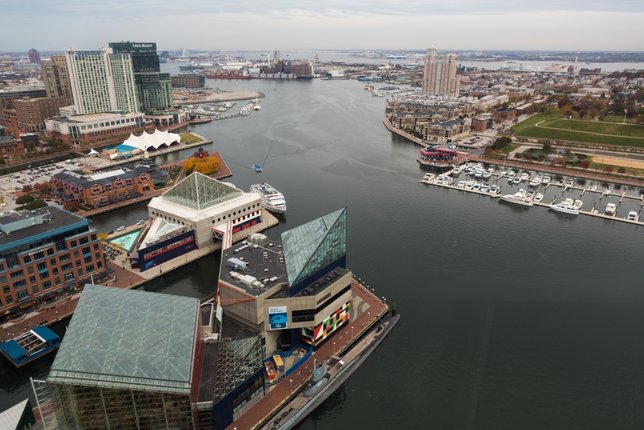In 2015, the undersea cable industry made a major step forward in providing more accurate and reliable data to depict the locations of active or “in-service” cables for the purposes of ocean planning. The North American Submarine Cable Association (NASCA), whose membership includes telecom giants such as Verizon, Sprint and AT&T, worked with NOAA to share a comprehensive database of cable locations (known as “route position lines”) owned by NASCA members on the Marine Cadastre website.
The NASCA data identified “in-service” versus “out-of-service” cables and included the cable name and owner information. It is important to note that NASCA members include the majority ― but not all ― of private operators of submarine cables, so a small number of submarine cables in the Mid-Atlantic were not represented in these data.
A few years later, NOAA combined the NASCA data with its own to create a comprehensive map of submarine telecom and power cables (shown in above map as pink lines) in U.S. state and federal waters. MARCO has also been working directly with industry representatives to maintain a Recent Telecom Cables map layer showing lines (seen in blue) that have been constructed over the past few years. The layer shows the Virginia Beach area's emergence as a landing point for major high-speed lines developed by companies such as Google, Microsoft and Facebook.
Within the context of ocean planning, the submarine cable industry is interested in developing minimum buffers between cables and other uses like fishing, anchoring and dredging. However, at this point, their main goal is to continue operating business as usual, Wargo said.
"The goal is for us to be able to do what we’ve done for 100 years or more," he said. "The Portal can show other industries where we are. Hopefully they can plan to avoid us early in the process rather than us needing to react when a project is sited directly over a cable landing or impinges upon some other part of the cable off shore."
The submarine cable data will make accounting for this vital infrastructure possible in all ocean planning efforts going forward.

